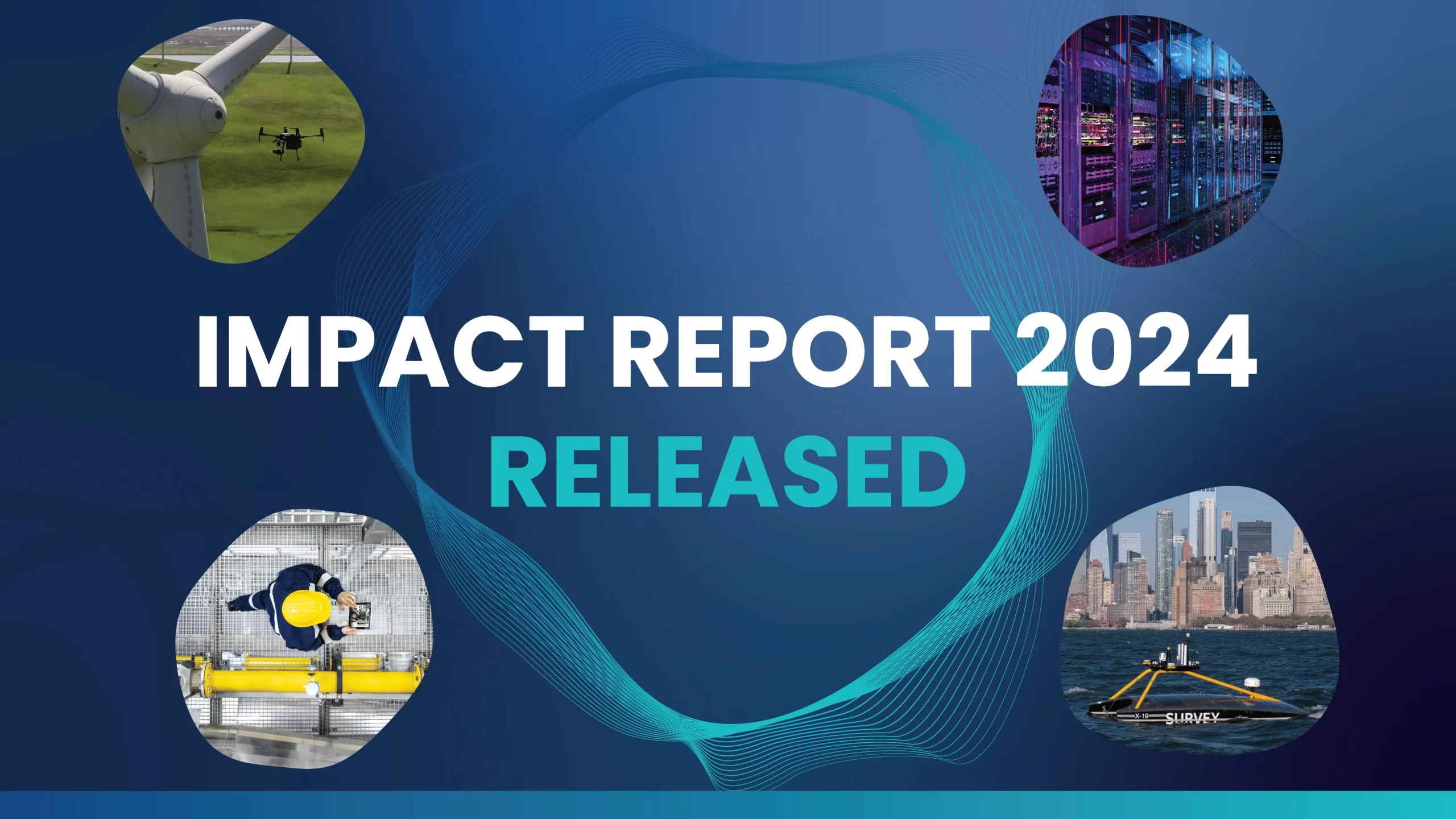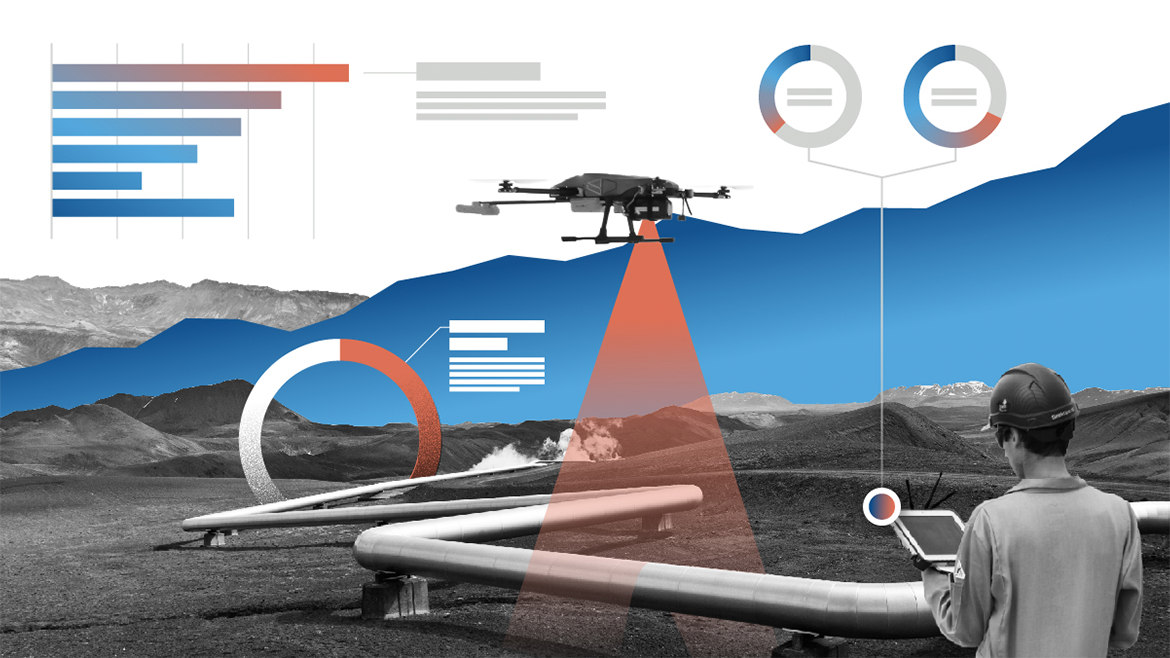

Imagine we knew exactly where to direct our efforts and resources in the fight against climate change. Imagine we knew exactly where to find emissions sources and how to cost-effectively eliminate emissions. With the right data, we can.

Since I last wrote, the cry for action on climate change is stronger than ever. Heatwaves have smashed records, floods have swept towns and cities, and ancient forests have turned to ash. The new IPCC report, meanwhile, predicts that we will miss our Paris climate targets without dramatic carbon reduction. Yet at the same time, impact investment funds are flush with new capital. The question is how best to invest these funds for the optimal climate outcomes. Without the right data, we risk either solving the wrong problems or offering the wrong solutions to the right ones.

It’s time we got serious about data, both acquiring it and acting on it. Take methane, for instance. As the Economist wrote in August, controlling methane emissions allows us to make rapid reductions in global warming. And in 2021, we actually have access to data that tells us where the emissions are, when they occur, and how they relate to our operations.
GHGSat, a company using satellite-based technology, has discovered almost 200 million tonnes CO2e of methane emissions in the first half of 2021, and is engaged with operators and governments to eliminate these emissions. Kairos Aerospace uses aircraft-based detection technologies and has helped one major operator reduce its US emissions by over 80%. Seekops provides reliable and timely emissions detection, quantification, and reporting for onshore and offshore facilities, as well as renewable natural gas and landfill sites, using accurate sensors deployed on both multi-rotor and fixed-wing long-range drones. Each eliminates emission source uncertainty and targets action where it is needed. If we combine these technologies with operational data companies, like Andium, Urbint and Kelvin, we can aggressively target emissions through focused intelligence.
Methane is just one example. Similar data can be used to deliver decarbonization at the lowest cost, in every sector. Metron, for instance, uses AI and digital twins to drive efficiency gains at industrial facilities that are historically energy intensive and difficult to target. As companies and countries commit to net-zero, it’s imperative they access the right data and use it to develop the right analysis so they can decarbonize at low cost and high speed.
For a specialist investment fund like ours, the right data and analytics are the difference between delivering, or failing to deliver, significant carbon impact. It’s that simple. That’s why we’ve spent years developing and refining our methodology, which allows us to estimate the impact of our investments. This has changed where we invest, how we invest, and how we measure our impact.
But we cannot bring about meaningful change alone. With this realization, we recently joined forces with a group of like-minded climate investment funds to establish a working group. Collectively, we developed a methodology and shared best practices to estimate the forward impact of our investments. We recently published our first white paper, “Forward Impact”, the first in a series. And we are inviting investors who share our mission, to join us.
Together we can ensure there is a shared methodology for estimating impact. Innovators and investors will be able to access it, allowing them to make the biggest collective impact.
This summer, the climate challenge took centre stage once more. Without action, there will be no climate progress, but action without direction from the data and tools we have available will result in wasted money and, more critically, wasted time in the fight against climate change.
